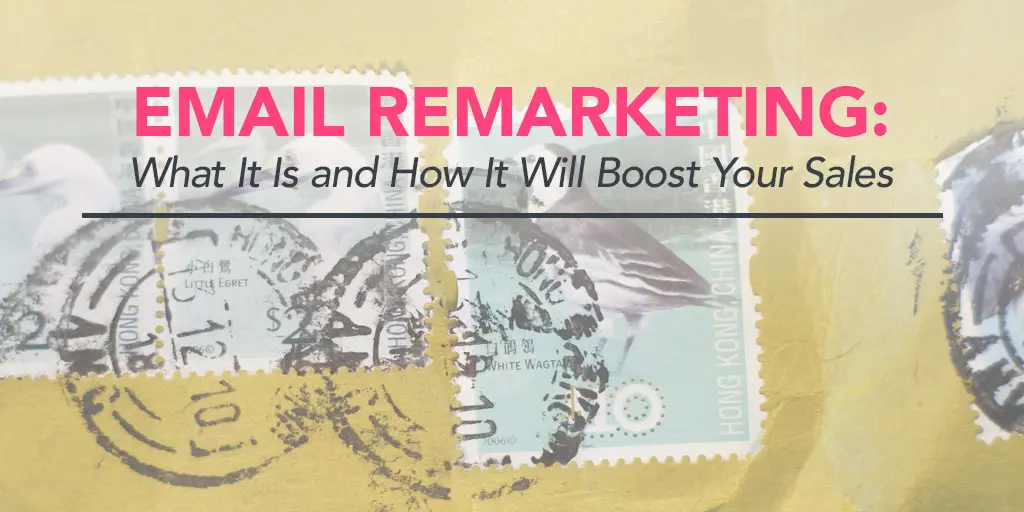
Nope, the product doesn’t sell itself.
To get people to buy from you, you must have an irresistible marketing campaign, and that marketing campaign should have as many arms as an octopus.

Here’s what each arm should represent:
Arm 1: Educate your customer through a library of resources on your website, which can include a knowledge base, frequently asked questions, ebooks and more
Arm 2: Ongoing and continually updated news, tips and tricks through your blog
Arm 3: Host contests to activate referral marketing
Arm 4: Pay for ads on Google and Facebook so that you may extend your reach further past organic efforts
Arm 5: Use permission based mobile marketing to get guaranteed access to your customers
Arm 6: Host or participating in events that drive traffic back to your site, such as webinars
Arm 7: Use email to introduce the latest products, stay connected and top of the mind with your subscribers and close the sale.
In short, always be closing a sale.
You probably already know that you need an email marketing campaign for your business, especially if you’ve spent any time on this blog. For a good discussion on email marketing in general, check out:
Here’s a list of the best practices for email remarketing. Subscribe to receive this extra resource.
So, what exactly is email remarketing?
Glad you asked.
Email remarketing, also referred to as behavioral targeting, is a type of behavioral marketing. It’s when you send emails to your site visitors based on their activity. You determine a list of triggers, and when someone trips a trigger, they automatically receive an email from you.
Email remarketing is one of the most effective ways to drive sales, however it’s still one of the least used marketing strategies. Only about 20% of email marketers use behavioral marketing.
How is email remarketing different to other forms of email marketing?
Usually, you win subscribers to your list due to a lead magnet; for example, you offer a 30-day trial, a free ebook or a content upgrade to your blog post in exchange for your site visitor’s email address. They give you their email address in hopes of receiving a valuable freebie, and you get their email address in hopes of converting them into a paying customer one day.
You then send them emails — maybe once a week if you’re discipled, maybe once every couple of months if you’re honest. Some opt out, some are happy to hear from you.
On the other hand, email remarketing doesn’t rely on your set schedule. It’s almost always an automated response to a user’s action, or inaction as we’ll learn in a little bit.
Email remarketing is individualized and can make users fall in love with your brand. Click To Tweet
Email remarketing is individualized to each user and, when done correctly, can make users fall in love with your brand. You’ll be reading their minds, finishing their sentences, and they’ll feel like you just get them.

Is it creepy? Maybe.
Is it effective? Yes it is.
Let’s discuss how to use email remarketing to make more sells.
The Two Types of Email Remarketing
There are two ways to use email remarketing: one is inside of the inbox and the other takes place on Google.
Email remarketing through the inbox
Lifecycle Marketing
Is your product set to expire or run out in a specific amount of days?
After the initial order, you can set a reminder email to send when the next installment is due to be ordered.
An example of this is a business that sells prescription contact lenses. They can create a remarketing email to be delivered one month, one week and one day after a designated prescription renewal.
Cart Abandonment Emails

Have a plan in place for when, not if, a customer leaves your site without making a purchasing.
On average, 70% of online shopping carts are abandoned. This percentage can increase depending on the industry. But the good news is that you can recover up to 20% of those sales by fancy remarketing. Don’t let the trail go cold. Instead, send out a blazing fast email that gently nudges the user to complete the purchase.
It would be a mistake to think that all users leave your site because they don’t intend to make a purchase. In fact, many are simply distracted by an email notification or some other interruption. They simply forgot to return.
In some cases, would-be customers don’t buy because of cost. Perhaps your shipping costs ruined their momentum. In these cases, it may be prudent to offer a discount. Consider doing an A/B test to find out if a discount moves the needle.
Just Browsing
So, not everyone buys products or services on your site, but that doesn’t mean they need to miss out on your email targeting. You can send emails based on browsing behavior, too.
For example, let’s say your prospect was searching through a specific product category on your website. They may not have added any items to the shopping cart, but they were definitely interested because they spent a long time on your site. Send them an email that reminds them of the product and, as an extra incentive, show them similar products that they may be interested in.
So, how do you implement the above email remarketing tactics?
Here’s a partial list of services that offer behavioral email remarketing:
Email remarketing through Google
In 2015, Google unveiled Adwords Customer Match. With this feature, you can upload a list of a email addresses from people who’ve given you permission to contact them. Google will compare your addresses with the addresses they have on file for their users. If it’s a match, you can then create an ad campaign that targets those specific email addresses.
Here’s the catch (because you know there’s always a catch): you’ll need at least 1,000 email addresses for each campaign. And those email addresses must match Google users— or at least the email addresses that they use to login to a Google account. So, if you have 1,200 email addresses, but only 750 match up to an email on file with Google, you won’t be able to use this type of campaign.
This is done to tiptoe around privacy concerns. We’re not quite on the Minority Report level of privacy invasion yet. Yet.

This type of email remarketing is definitely geared toward those with larger lists, but if that’s you, here’s how to rock it like a rocket:
If your list is large enough, segment it into groups so that you can create a more targeted ad campaign.
For example, let’s say you’ve successfully sold this group on product A, but you want them to upgrade to your premium offering. Create an ad campaign through Google that acknowledges their previous purchases and explains how an upgrade would be beneficial. You can also include a targeted promotion code as a driving incentive.
That’s not all. You can use this type of email remarketing to promote a webinar or introduce a new product or inform about a new update.
Of course, no ad campaign would be complete without an optimized landing page. Because, in this example, you’re targeting customers who’ve already purchased from you and are therefore familiar with your brand, you don’t need to sell them on who you are in this landing page. You just need to build on the momentum.
If you need help creating a winning landing page, check out these resources:
Final Thoughts
Email remarketing is the next level in your marketing efforts. Chances are your competition isn’t doing it, and that’s why it’s going to work. It will take time, planning and commitment, but if you’ve made it all the way to the end of this post, you’re ready. You can do this!
Here’s a list of the best practices for email remarketing. Subscribe to receive this extra resource.